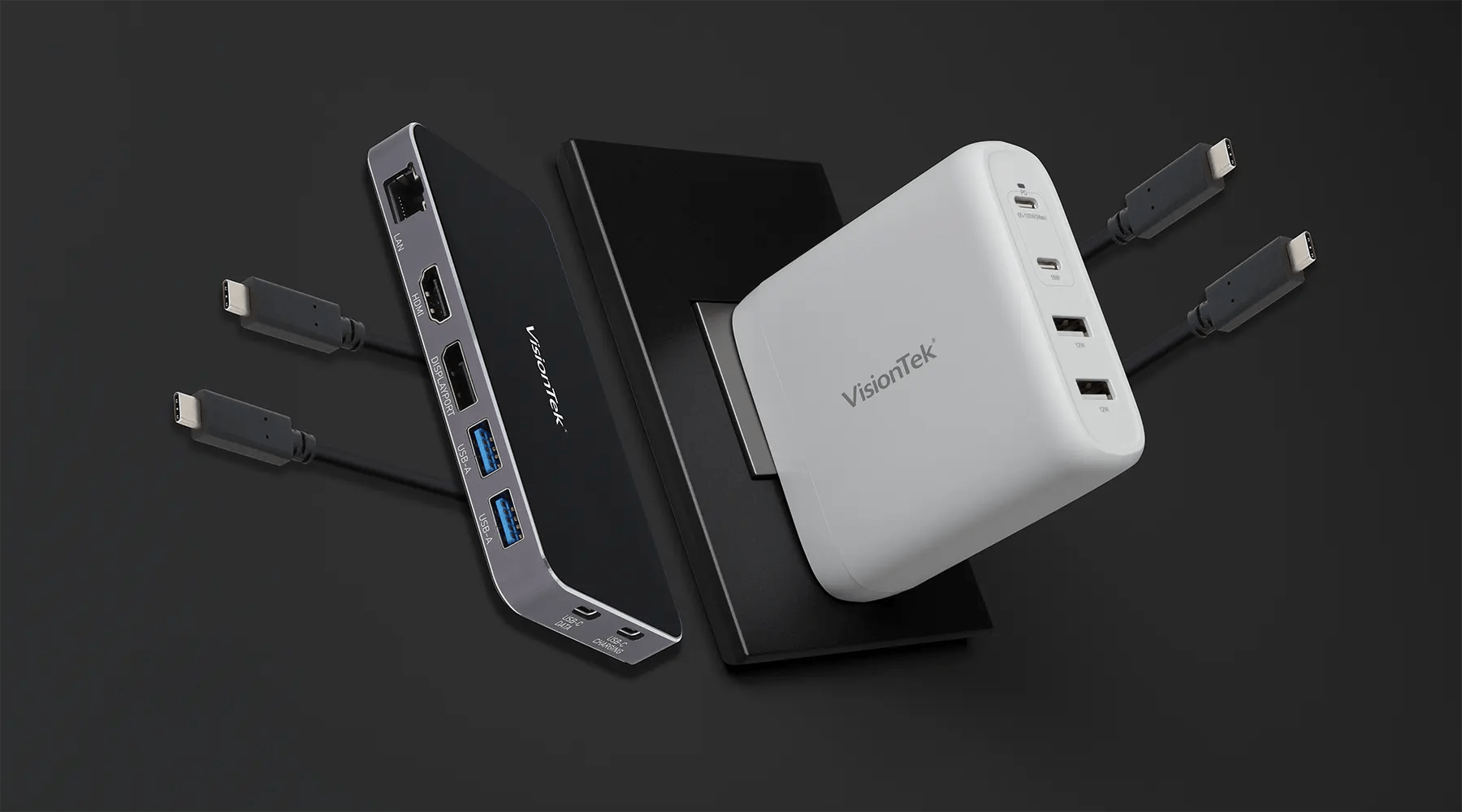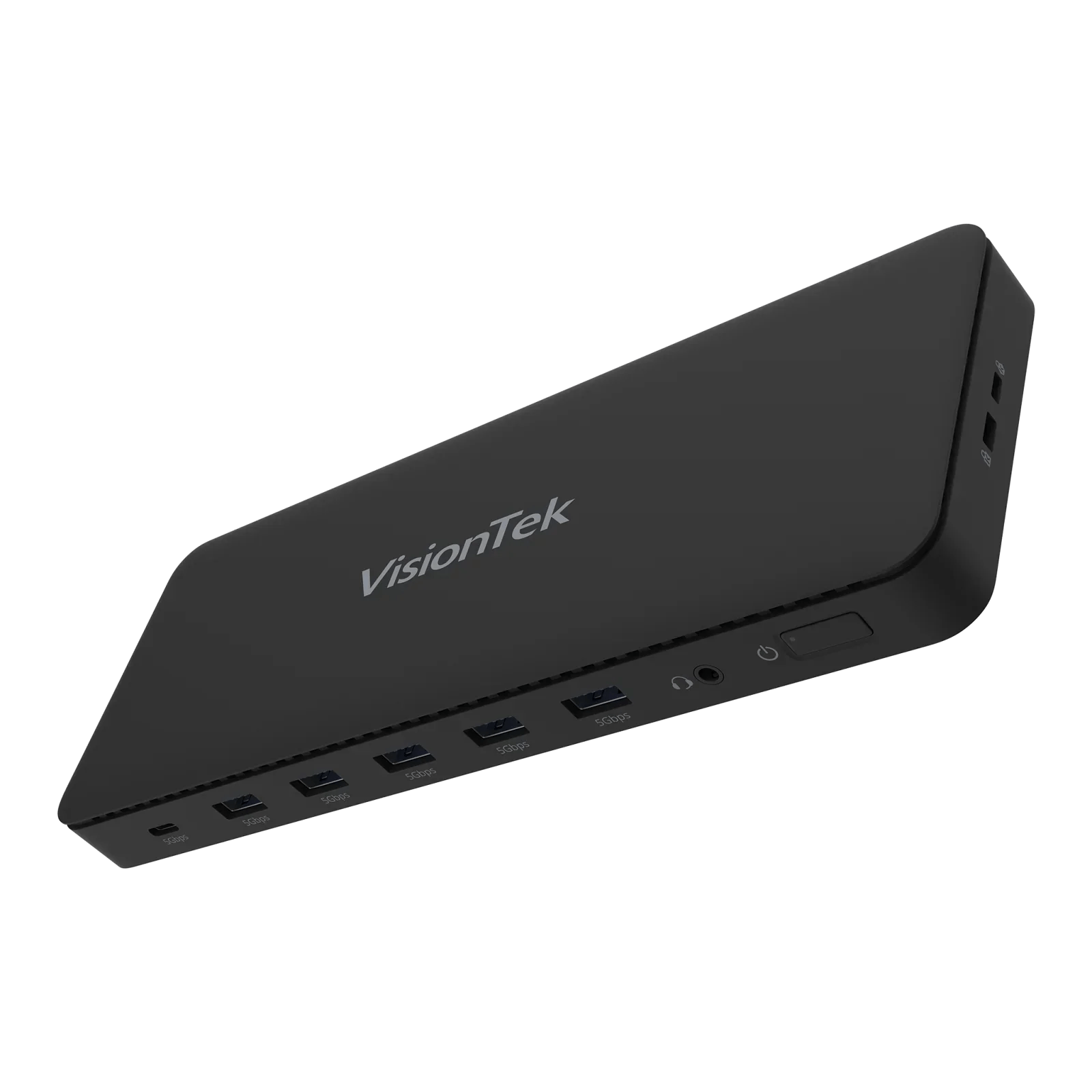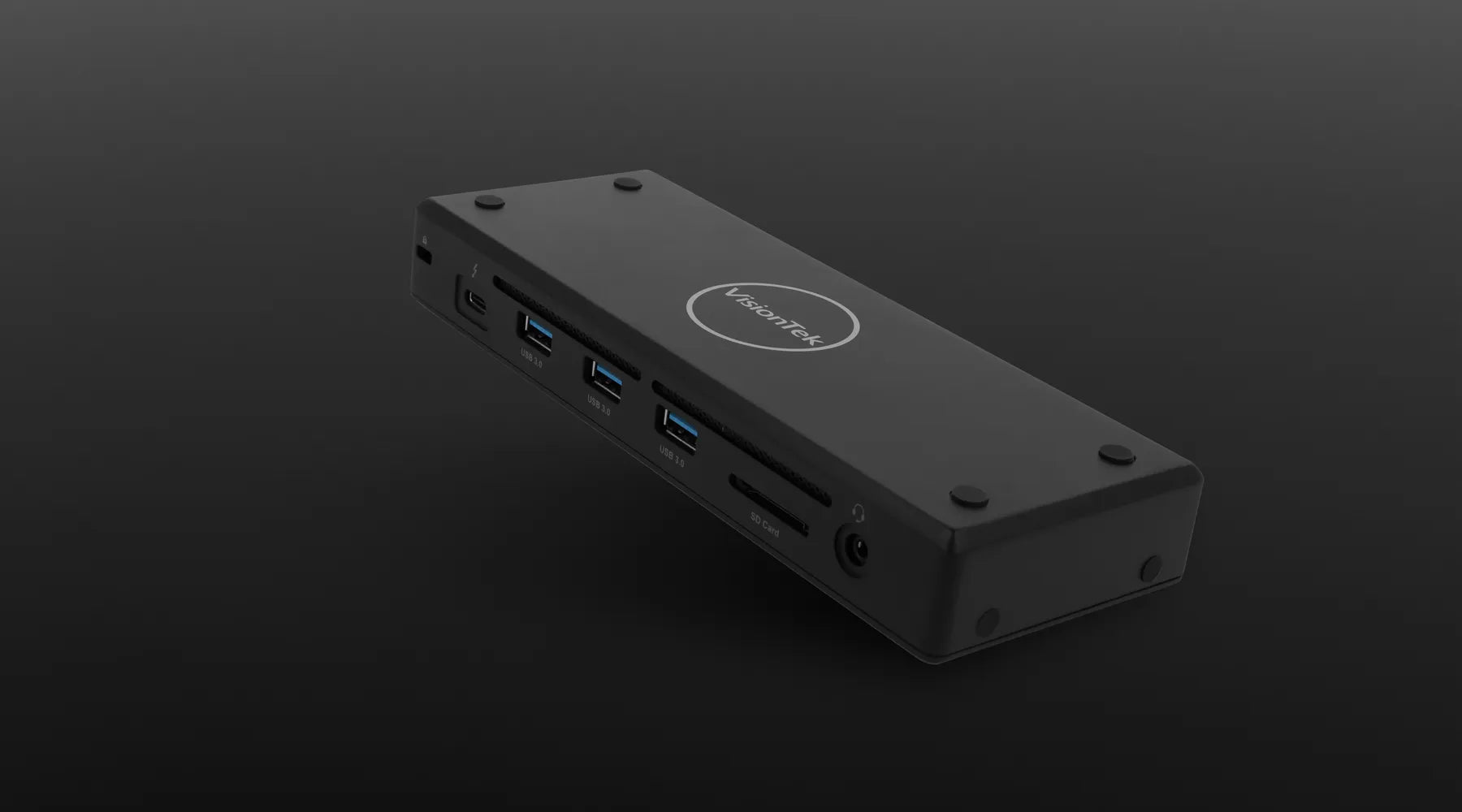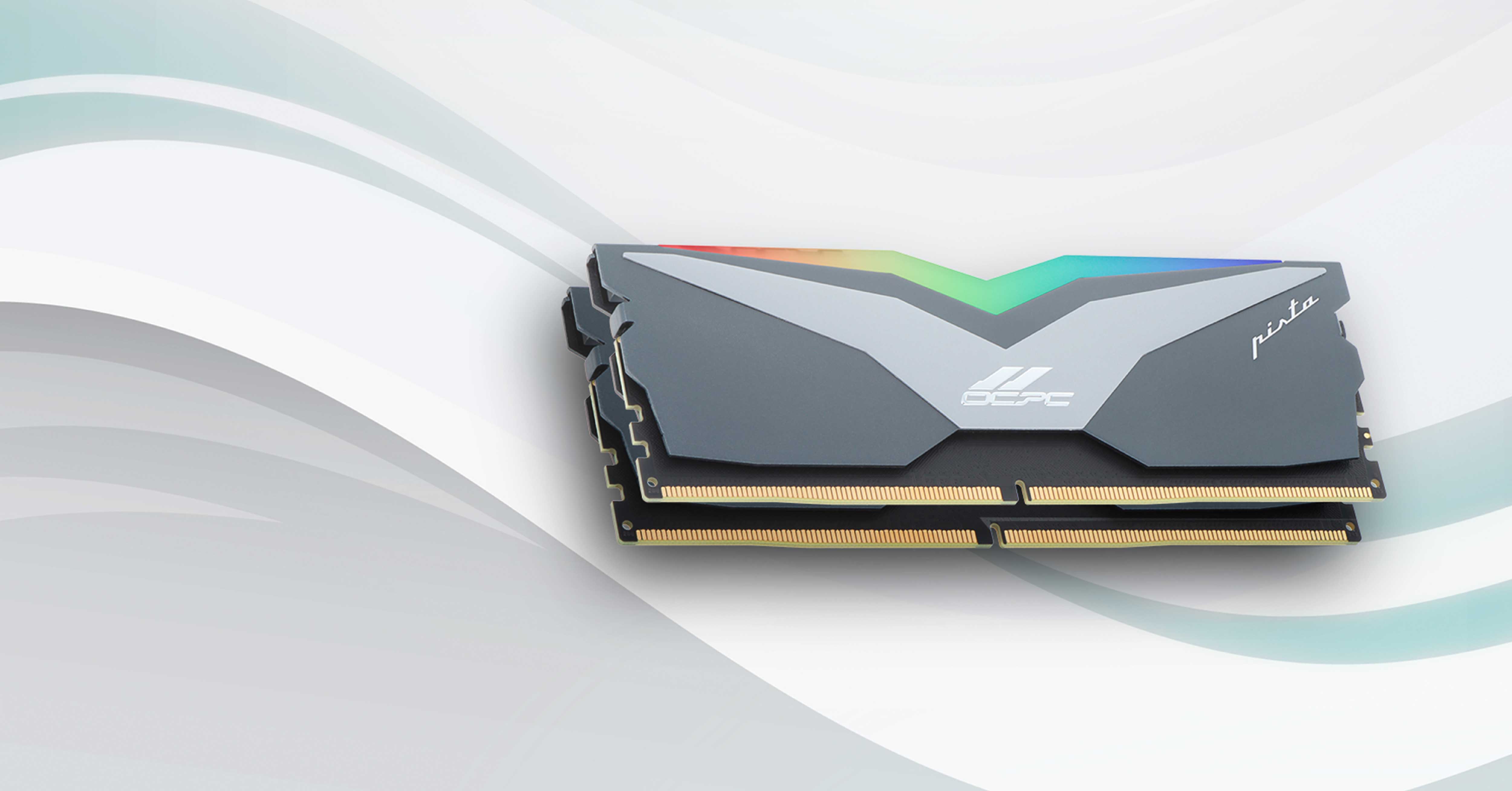USB has come a long way from the days when it was just about plugging in a mouse or printer. Today, those little port symbols carry a lot of meaning- they tell you whether your laptop can charge, drive an external monitor, or transfer massive files at lightning speeds.
This guide breaks down the USB port logos and icons, explains what they mean, and shows you how to identify which one is best for your setup. Whether you’re connecting a VisionTek docking station, powering a laptop, or transferring video files, understanding these symbols can save you a lot of frustration.
Why USB Logos and Symbols Matter
Modern devices often have multiple USB ports, and while they may look identical, not all ports are created equal. The logo printed next to the port tells you exactly what it can handle:
-
Data transfer speeds
-
Audio and video support
-
Power delivery (charging)
Misunderstanding these icons can lead to slower performance, failed connections, or cables that don’t do what you expect.
USB Symbols and What They Mean
Here’s a quick breakdown of the most common versions and their capabilities:
| USB Version | Logo | Max Speed | Data Transfer | Audio | Video | Power Delivery |
|---|---|---|---|---|---|---|
| USB 2.0 (HighSpeed) | Trident symbol only | 480 Mbps | ✓ | X | X | X |
| USB 3.2 Gen 1 (SuperSpeed 5 Gbps) | SS + 5 | 5 Gbps | ✓ | ✓ | ✓ | X |
| USB 3.2 Gen 2 (SuperSpeed 10 Gbps) | SS + 10 | 10 Gbps | ✓ | ✓ | ✓ | X |
| USB 3.2 Gen 2x2 (SuperSpeed 20 Gbps) | SS + 20 | 20 Gbps | ✓ | ✓ | ✓ | X |
| USB 3.2 Gen 2 w/ PD (5 Gbps) | SS 5 + battery | 5 Gbps | ✓ | ✓ | ✓ | ✓ |
| USB 3.2 Gen 2 w/ PD (10 Gbps) | SS 10 + battery | 10 Gbps | ✓ | ✓ | ✓ | ✓ |
| USB4 (20 Gbps) | Circle + 20 | 20 Gbps | ✓ | ✓ | ✓ | ✓ |
| USB4 (40 Gbps) | Circle + 40 | 40 Gbps | ✓ | ✓ | ✓ | ✓ |
✓ = Supported | X = Not Supported
Real-World Use Cases
Here’s how this translates into everyday performance:
-
Basic peripherals / computer accessories (mouse, keyboard, webcam): USB 2.0 is sufficient.
-
External hard drives & flash storage: USB 3.2 Gen 1 (5 Gbps) provides faster file transfers.
-
High-performance SSDs, gaming accessories, VR headsets: USB 3.2 Gen 2 (10 Gbps) is ideal.
-
Video streaming to monitors (HD/4K): USB 3.2 with audio/video support or higher.
-
Single-cable laptop docking (charging + display + peripherals): USB 3.2 Gen 2 with Power Delivery, or USB4.
-
Creative workflows (4K/8K video editing, large media transfers): USB4 (20/40 Gbps) ensures maximum bandwidth.
USB4: The Future Standard
USB4 simplifies the messy history of USB naming conventions. Unlike older versions that varied in capability, USB4 guarantees:
-
High-speed data transfer (20–40 Gbps)
-
Audio and video support (driving multiple displays, including 4K/8K)
-
Power delivery, often replacing the need for separate laptop chargers
In short, USB4 is the “do it all” connection, consolidating features that used to be split across multiple logos.
How to Identify the Right Port
When you’re deciding which port or cable to use, check for these visual cues:
-
Plain USB symbol: Data only (likely USB 2.0).
-
“SS” logo: SuperSpeed (USB 3.2). Higher numbers = faster transfer speeds.
-
Battery icon or PD mark: Indicates power delivery support.
-
Circular USB4 logo (20 or 40): Top-tier option for full performance.
Pro Tips for Choosing the Right Cable
Even if your port supports USB4 or 3.2 Gen 2x2, your cable must match. A mismatched or lower-rated cable will bottleneck performance. Always look for:
-
Certified USB-C cables with printed ratings (20 Gbps, 40 Gbps, PD).
-
Shorter cables for higher speeds and reliable power delivery.
-
Manufacturer’s compatibility lists when using docking stations or hubs.
Final Thoughts
USB ports may look the same, but their logos are the key to unlocking their true potential. From basic charging to running an entire workstation through a single cable, understanding these icons helps you make smarter choices about how you connect.
Whether you’re setting up a new docking station, upgrading your storage, or troubleshooting a slow connection, check the logo — it’s the shortcut to knowing exactly what your port can handle.





Share:
Quick Guide to Important HDMI Acronyms: VRR, QFT, ALLM, HDR
Understanding DDR Memory and Its Significance